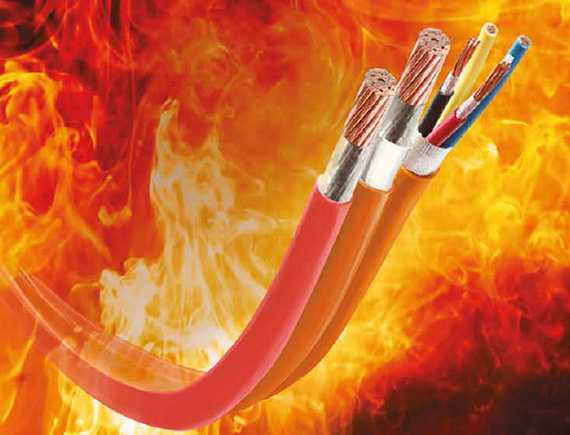
NewsInformation Center
Comparative analysis of different fabric flammability testing methods
2023/07/12
The flammability test methods for different fabrics differ in terms of test conditions, test parameters and evaluation of results. The following is a comparative analysis of three common test methods, namely, vertical burning test (ASTM D6413), horizontal burning test (ASTM D6413) and oxygen index test (ASTM D2863):
1. Vertical burning test (ASTM D6413):
- Test principle: Hang the fabric vertically, touch the lower end of the fabric with a certain length of flame, and then observe the flame propagation and the burning speed of the fabric.
- Scope of application: Mainly applicable to the testing of flame retardant fabrics, such as flame retardant clothing, flame retardant curtains, etc.
- Test conditions: The test conditions include flame height, test time, specimen size, etc. The flammability performance of fabrics is evaluated by controlling these parameters.
- Evaluation of results: The combustibility of fabrics is evaluated according to the burning speed, burning time and residual length after burning.
2. Horizontal burning test (ASTM D6413):
- Test Principle: Place the fabric horizontally in a combustion chamber, apply a certain amount of heat radiation and flame contact, and then observe the burning of the fabric.
- Scope of application: mainly applicable to the testing of combustible fabrics, such as clothing, home textiles.
- Test conditions: The test conditions include the temperature of the combustion chamber, the size of the specimen, etc. The combustibility of the fabric is evaluated by controlling these parameters.
- Evaluation of results: The combustibility of fabrics is evaluated according to the burning speed, burning time and residual length after burning.
3. Oxygen Index Test (ASTM D2863):
- Test Principle: Place the fabric in an oxygen-enriched environment and then ignite one end of the fabric to evaluate its flammability performance by measuring the oxygen concentration of the burning fabric.
- Scope of application: Applicable to the testing of various fabrics, and can assess the overall burning performance of fabrics.
- Test conditions: The test conditions include oxygen concentration, specimen size, etc. The flammability of the fabric is evaluated by controlling these parameters.
- Evaluation of results: By measuring the oxygen concentration of the burning fabric and comparing it with the oxygen concentration in air, the oxygen index of the fabric is obtained and used to evaluate its combustibility.
These test methods have certain limitations in assessing the flammability properties of fabrics. Vertical burning test and horizontal burning test are mainly concerned with the burning speed and residual length of the fabric after burning and are applicable to different types of fabrics. The Oxygen Index test, on the other hand, provides an assessment of the overall combustibility of a fabric, but does not provide specific information on the burning rate and residual length. Therefore, when selecting a test method, comprehensive consideration should be made based on the characteristics of the fabric and the testing needs.
It is also important to note that these test methods can only provide a relative assessment of flammability and cannot fully simulate a fire situation under actual conditions of use. The flammability of fabrics is not only affected by the fiber material, but also by the fabric structure, chemical treatment and other factors. Therefore, when conducting flammability tests, other characteristics of the fabric and the actual use environment should also be taken into account for a comprehensive assessment of the fire risk of the fabric.
Previous: Key considerations when selecting a fabric 45 degree flammability tester
N e x t : Troubleshooting and Maintenance Tips for MFI Tester




